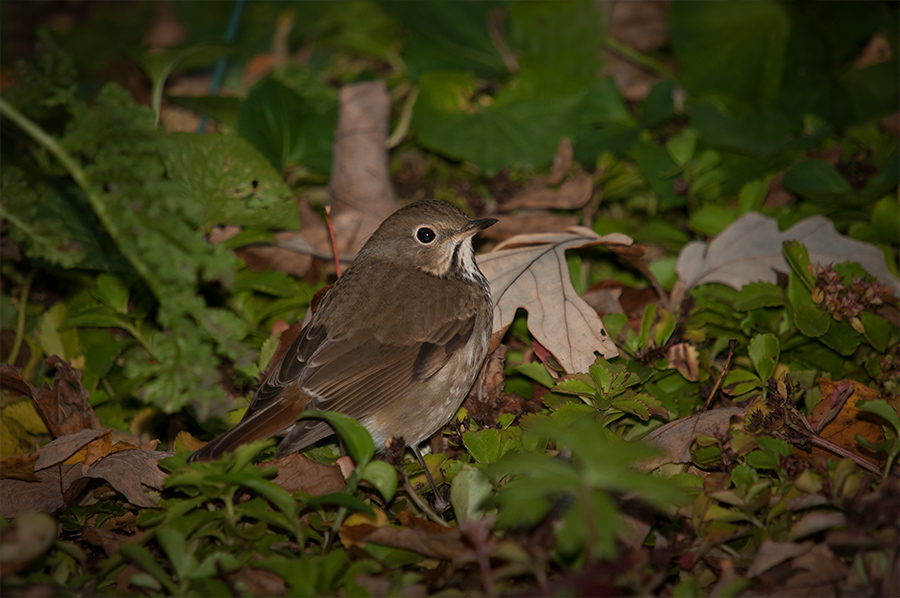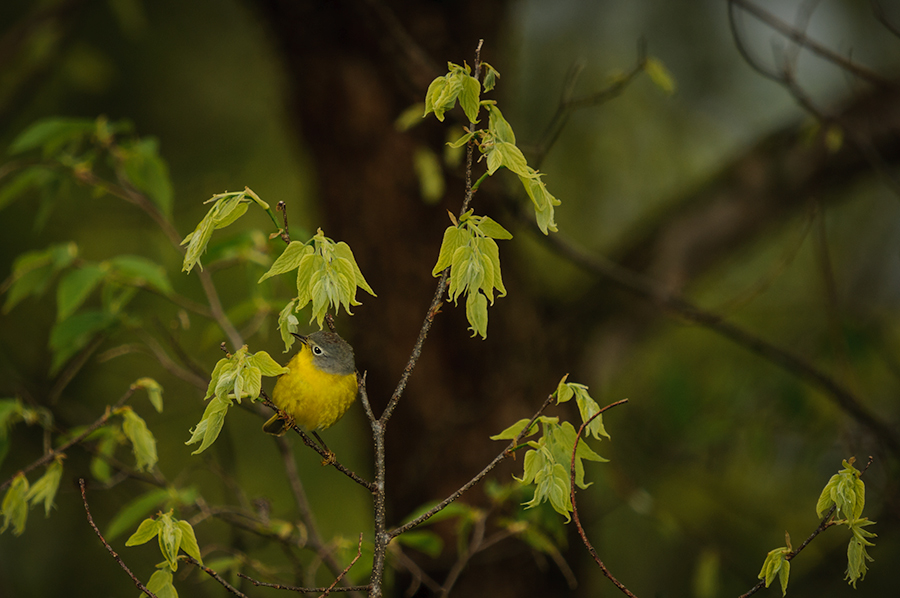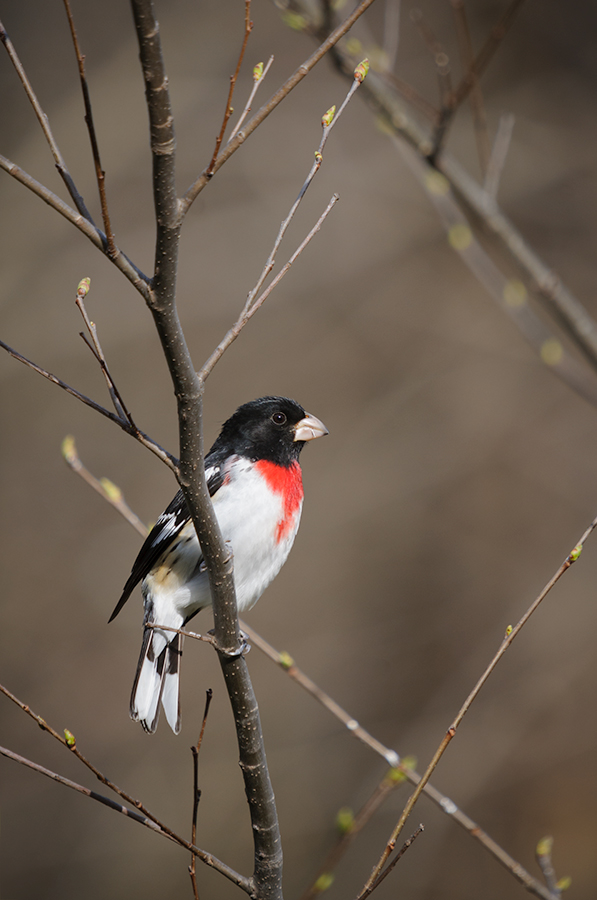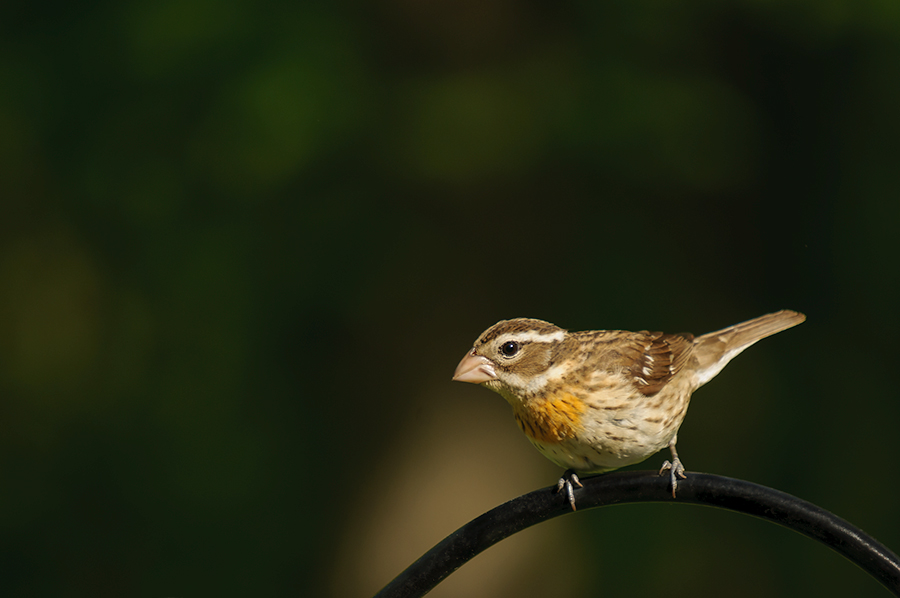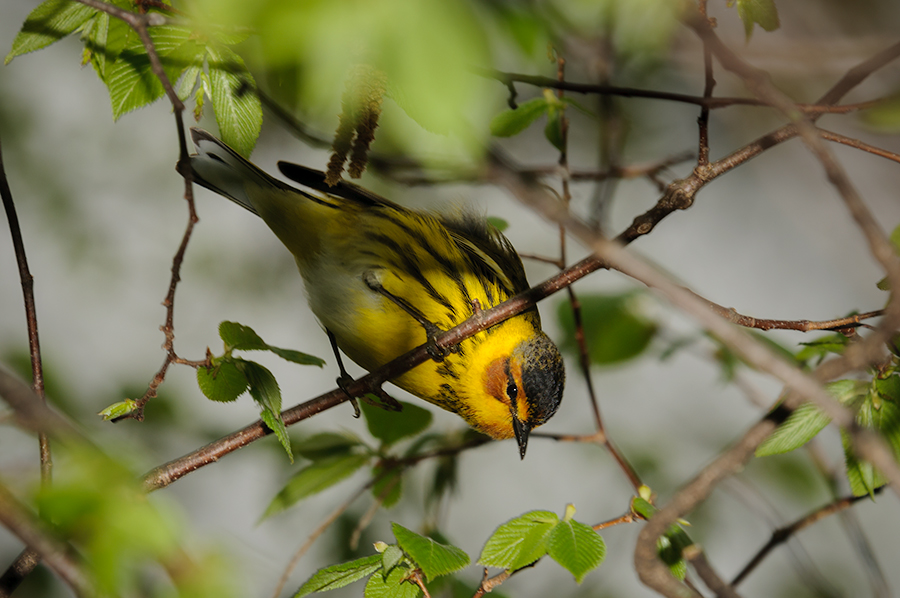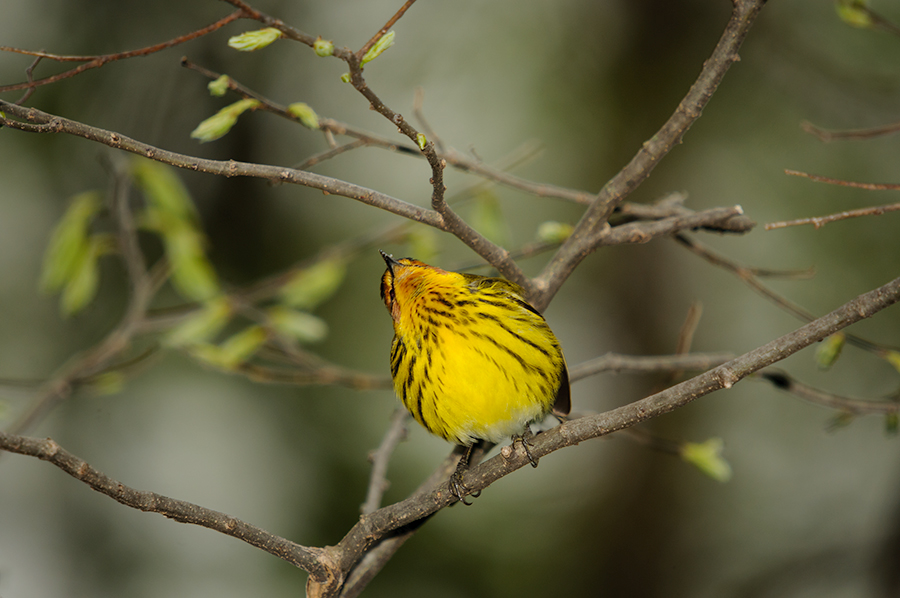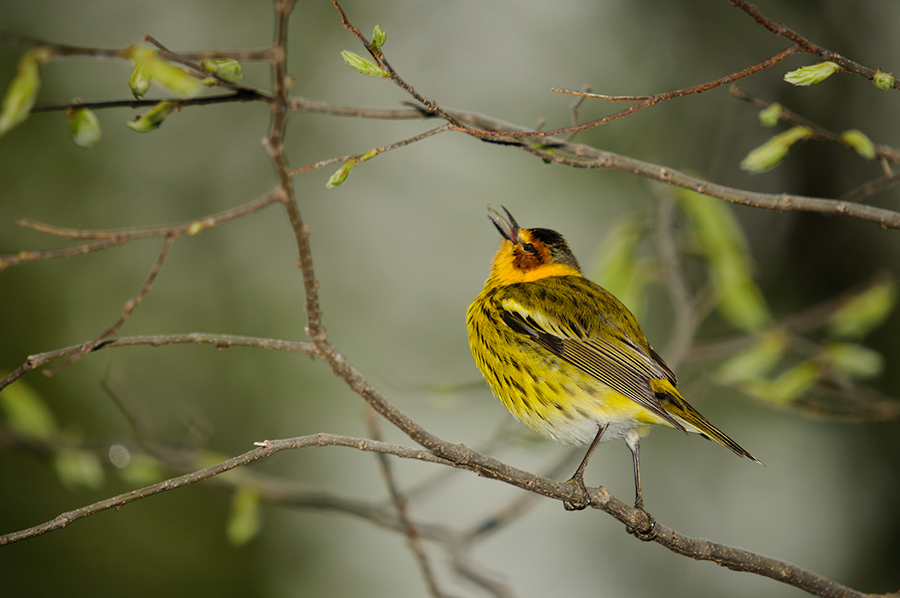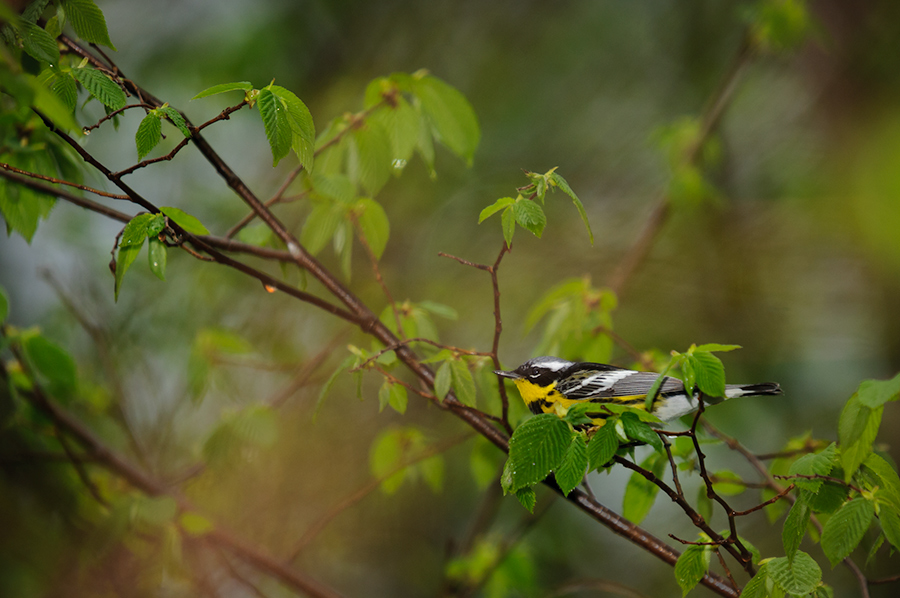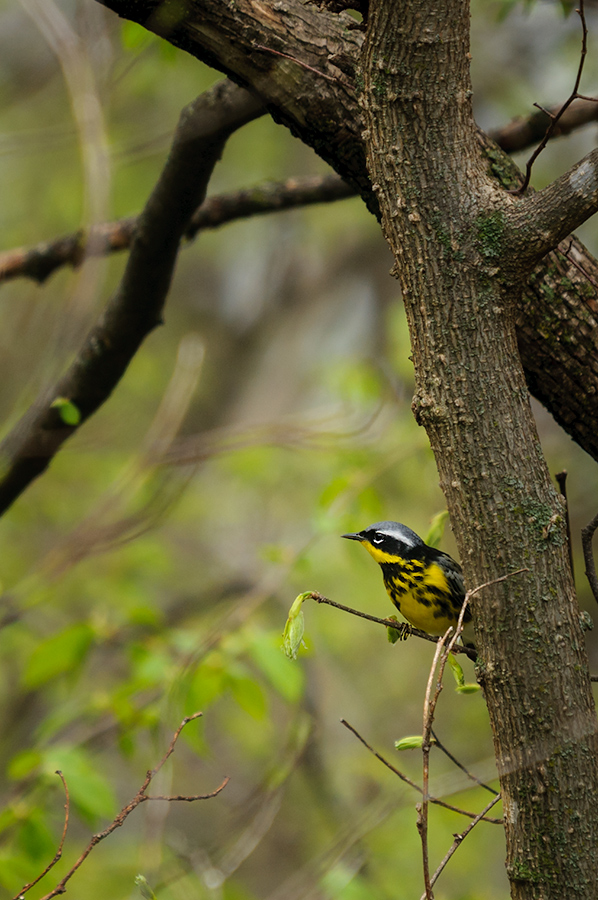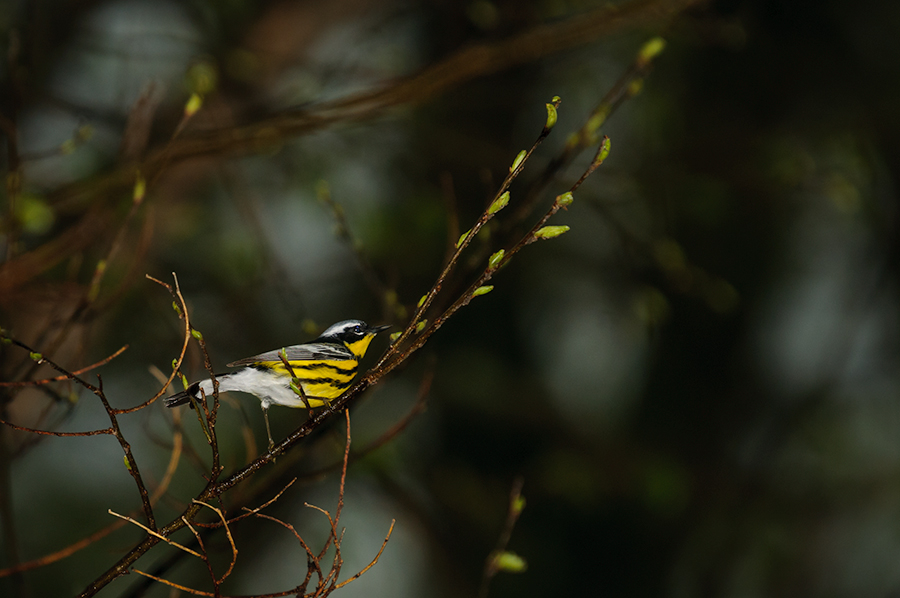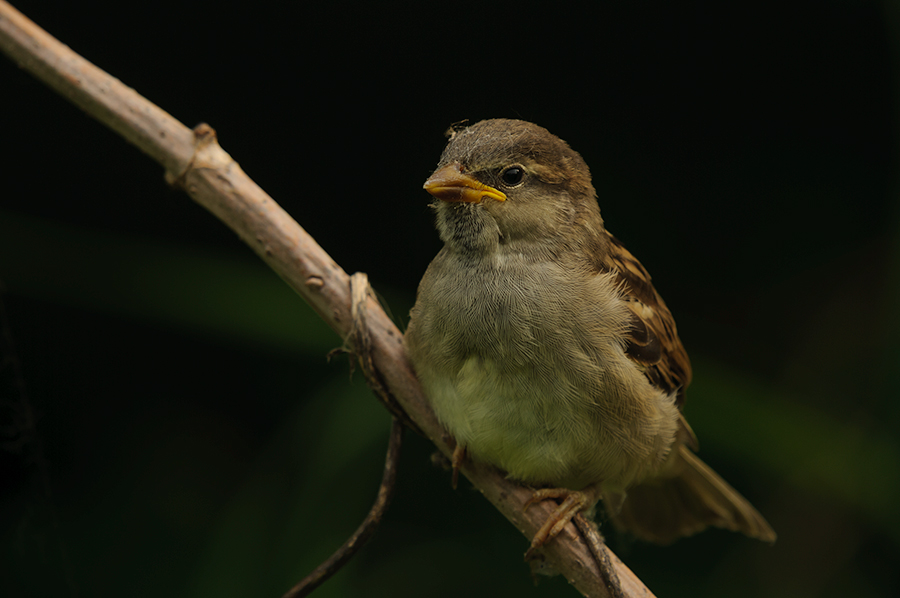
It became kinda quiet here in the woods around. We don’t see so many bird activities as just a month ago. Many species moved further north where they will spend the summer and those that are here sit either on their eggs or feed already their offspring. Maybe it just seems that there are less activities because of the lush vegetation we have here that covers the birds a lot better than in early May.
It takes sometimes a little effort to make a photo of the young birds but sometimes they just show up when you don’t expect it. In any case, approaching the offspring has to be done with utmost caution in order not to disturb them or the parents that feed the young ones.
When I was working with the Cliff Swallows a few days ago I suddenly heard something chirping right beside me. It was this young House Sparrow and I was clearly too close to the bird. I took quickly a couple shots and moved away so that the parents were able to feed the young sparrow again.

This young Red-winged Blackbird wasn’t even aware of me. I was well hidden in my car and used the long lens for this shot. Shooting out of a blind, and you know I consider the car my “mobile blind”, has the disadvantage that sometimes you can’t really change the shooting angle but in this matter I found the gap between leaves, flowers, and grass. This photo was made when the mother approached the little guy with an insect in her bill. She called it but the young blackbird just opened its bill and didn’t move.

The last one was made in the grass of an empty campsite. Two of these birds just landed in front of me while I was walking and looking for birds in the trees. I just laid down and made this eye level shot. Unfortunately I still haven’t figured out what kind of bird this is. I thought it was a young robin but back home and after looking at other pictures of juvenile robins my doubts grew. I still work on it… :-)
